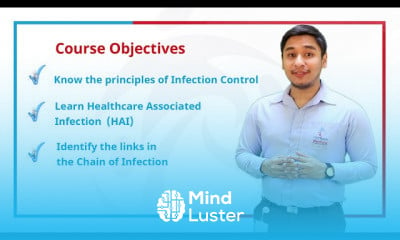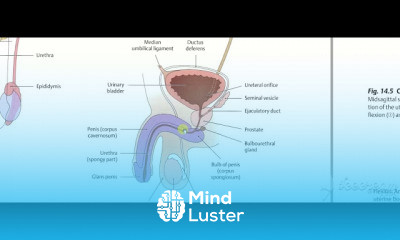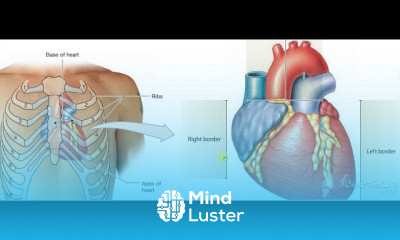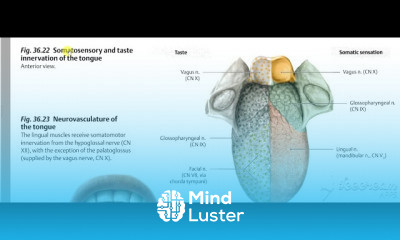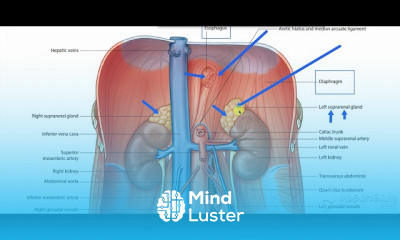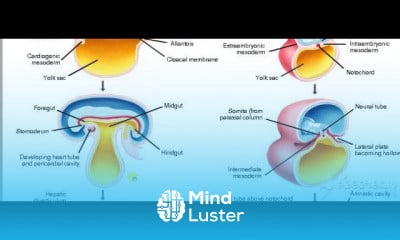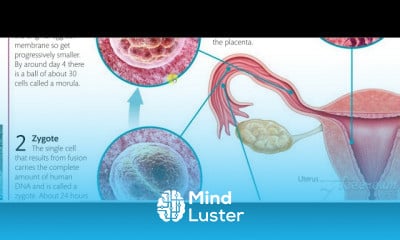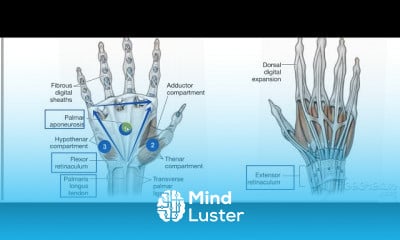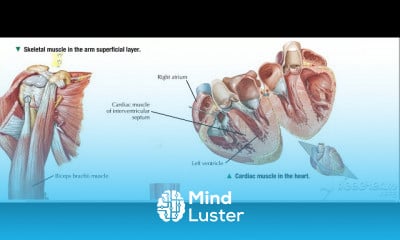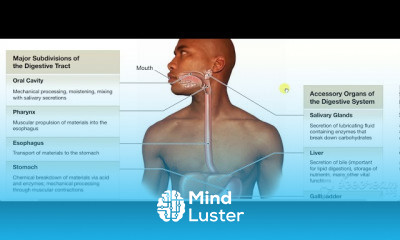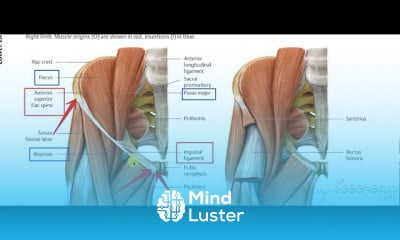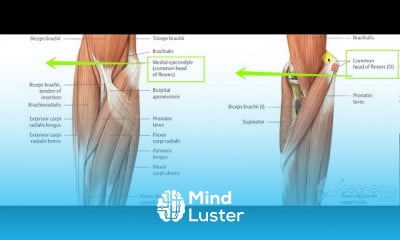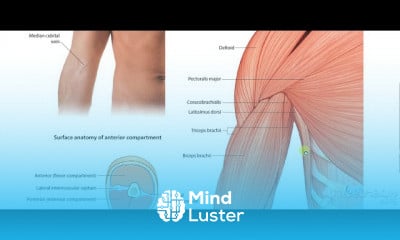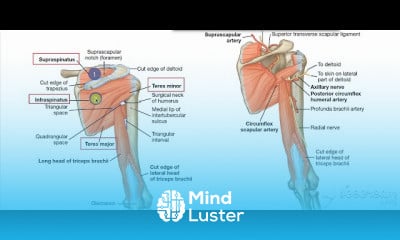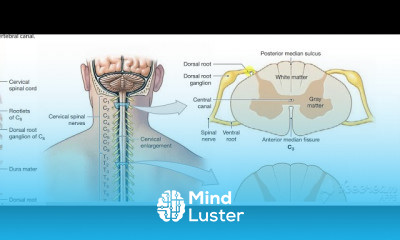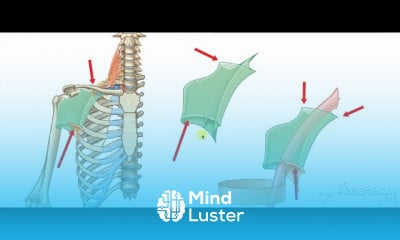Muscles of soft palate 3
Share your inquiries now with community members
Click Here
Sign up Now
Lessons List | 32
Lesson
Comments
Related Courses in Medical
Course Description
The oral cavity, better known as the mouth, is the start of the alimentary canal. It has three major functions:
Digestion – receives food, preparing it for digestion in the stomach and small intestine.
Communication – modifies the sound produced in the larynx to create a range of sounds.
Breathing – acts as an air inlet in addition to the nasal cavity.
In this article, we shall look at the anatomy of the oral cavity – its divisions, contents, and any clinical correlations.
The oral cavity spans between the oral fissure (anteriorly – the opening between the lips), and the oropharyngeal isthmus (posteriorly – the opening of the oropharynx).
It is divided into two parts by the upper and lower dental arches (formed by the teeth and their bony scaffolding). The two divisions of the oral cavity are the vestibule and the mouth cavity proper.
Vestibule
The horseshoe-shaped vestibule is situated anteriorly. It is the space between the lips/cheeks, and the gums/teeth.
The vestibule communicates with the mouth proper via the space behind the third molar tooth, and with the exterior through the oral fissure. The diameter of the oral fissure is controlled by the muscles of facial expression – principally the orbicularis oris.
Opposite the upper second molar tooth, the duct of the parotid gland opens out into the vestibule, secreting salivatory juices.
What Are Oral Cavity and Oropharyngeal Cancers?
Oral cavity cancer starts in the mouth. It might also be called oral cancer. Oropharyngeal cancer starts in the middle part of the throat just behind the oral cavity that can be seen when the mouth is open.
Cancer starts when cells in the body start to grow out of control. To learn more about how cancers start and spread, see What Is Cancer?
The oral cavity (mouth) and oropharynx (throat)
The oral cavity includes the lips, the inside lining of the lips and cheeks (buccal mucosa), the teeth, the gums, the front two-thirds of the tongue, the floor of the mouth below the tongue, the bony roof of the mouth (hard palate) and the area behind the wisdom teeth (called the retromolar trigone).
The oropharynx is the middle part of the throat just behind the oral cavity. It can be seen when your mouth is wide open. It includes the base of the tongue (the back third of the tongue), the soft palate (the back part of the roof of the mouth), the tonsils, and the side and back walls of the throat.
The oral cavity and oropharynx help you breathe, talk, eat, chew, and swallow. Minor salivary glands all over the oral cavity and oropharynx make saliva (spit) that keeps your mouth and throat moist and helps you digest food.
Ask your doctor to explain or show you where your cancer is. Explore the 3D interactive model here to learn more.
Trends
Graphic design tools for beginners
Theory of Computation
Web Design for Beginners
Accounting Finance course
Logo Design
Graphic Design Basics
Best zoology books
Accounting
Web design basics
Figma globe icon design
Web Design Using HTML CSS
Master graphic design techniques
SQL for accountants and finance managers
Figma Signing Up and Signing In
Education Biotechnology
Digital Logic Families in Digital Electronics
General Embryology 2
Figma fast design techniques
Anatomy Physiology
company accounts fundamentals
Recent
Bioinformatics basics
Bioinformatics databases
Vitamin A to Z tablets
Best zoology books
Best cream for piles pain
Laser surgery for piles
Best cream for piles
Anal fissure treatment
Best antibiotics for diseases
Antibodies structure
Macrophage structure
Drosophila genetics
Diagnostic tests
Bioinformatics
Genetics
Gene therapy
Kidney structure
DNA replication and types
Bacterial cell structure
Parasite structure



